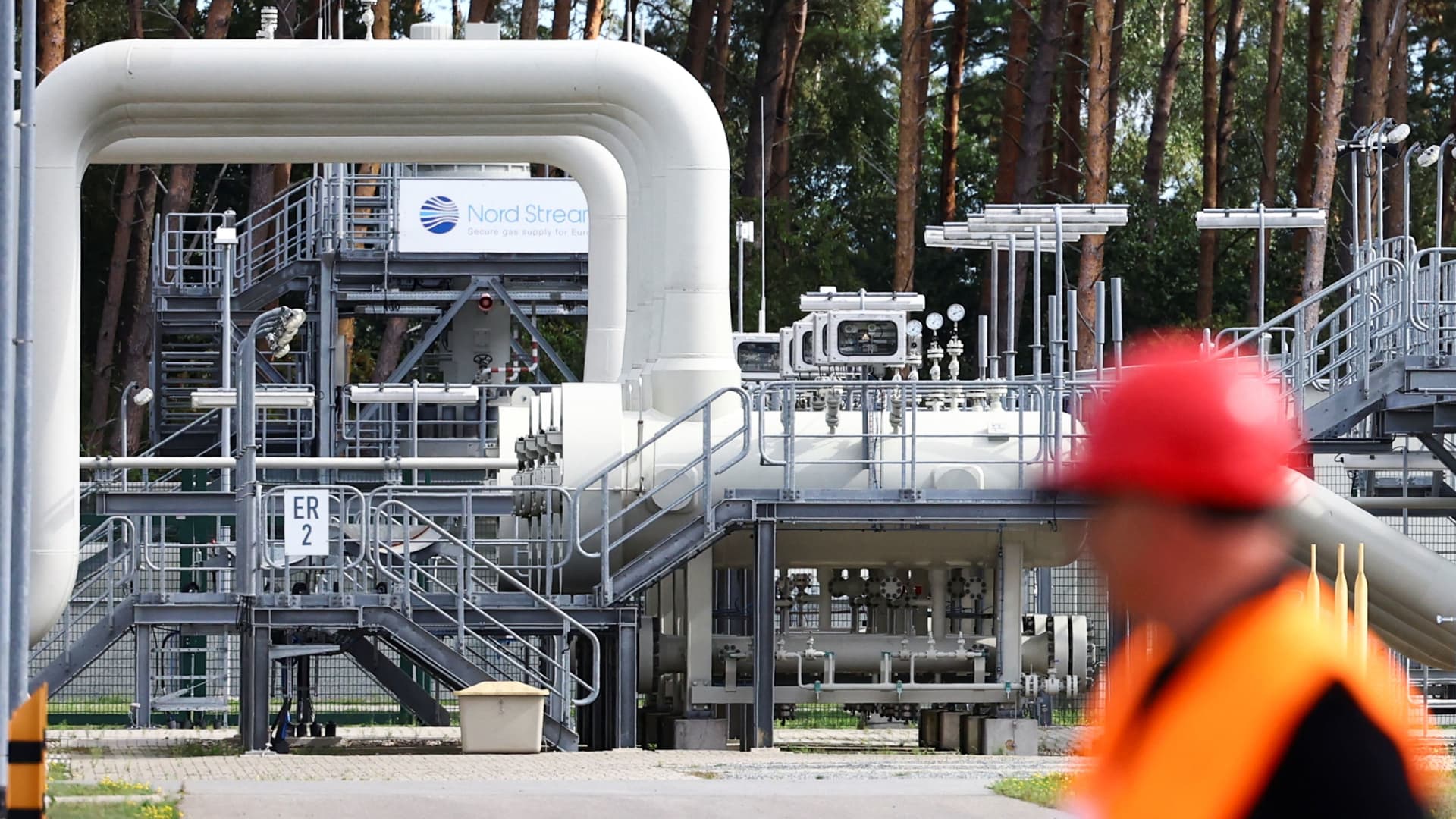Third-Gen Formula E Car Shows Up At Goodwood Festival of Speed

Last week, the wraps came off the latest generation of Formula E racecar. Not only did people get a look at it sitting parked somewhere, but they took it around the track at the Goodwood House. So, the public got to see it in action.
Here’s the first glimpse of the @FIAFormulaE Gen 3 car. The @MahindraRacing Gen 3 car has @NickHeidfeld at the wheel and he’s not holding back. What do you think of the new design?#M9Electro #Gen3 #FOS #FormulaE pic.twitter.com/DsFLMxrGg7
— Goodwood FOS (@fosgoodwood) June 23, 2022
While not racing for time (Goodwood is a mix of car show and racing event), they did appear to be pushing the car through the forest rally course and not just phoning it in completely. There were a couple of odd lockups, which isn’t surprising because teams are still putting these cars through shakedown cruises and getting them ready for next season’s races. But, it had that distinctive Formula E electric motor sound and gave us a peek at the new vehicles’ performance that we’ll see on the track in real races soon.
This particular car was from the Mahindra team, but there are 21 other Formula E third generation cars. There are ten other teams, each of which has two of these new cars. Teams include DS Automobiles, Dragon/Penske, Envision, Mercedes-EQ, Avalanche Andretti, Jaguar, Maserati, NIO 333, Nissan, and Porsche.
According to FIA Formula E, the car is a big step up from previous vehicles not just in terms of performance, but in terms of efficiency. Performance wise, top speeds are 16 MPH faster than the last-gen car, reaching the 200 MPH mark. Sure, this isn’t quite in Formula 1 territory, but the cars do all of this with half of the energy, so that’s nothing to sneeze at. It reaches these speeds by being lighter and more powerful than the previous vehicles.
The car has an innovative motor setup. Where there are separate motors for the front and rear wheels, the front motor is there strictly for regenerative braking. This makes sense because when braking, most of the braking energy is at the front wheels of the car (the weight and inertia shifts forward). The rear wheels don’t have any brakes now, because the regen in the front is so powerful.
Sustainability is also a big thing for the Gen 3 cars. They’re built using materials from the old Gen 2 cars, so much of the energy that would have gone into raw materials like carbon fiber was saved. Tires are sourced from more environmentally friendly processes, and they’ll be recycled after each race, helping further reduce impacts.
As we’ve pointed out before, these races actually do matter for the environment. Directly, people not entertained by racing probably think they’re a complete waste of energy, but as BMW previously pointed out, technologies originally developed for Formula E are already showing up in passenger vehicles. When it comes to beating other drivers in Formula E, it’s not about whether you can cram more batteries in and get more power, as all teams are required to use the same battery packs. So, if you want an edge, you have to pay for it with efficiency.
As teams and engineers work together to come up with more efficient motors, power electronics like inverters, and other components all make for better range and/or smaller batteries.
Featured image by FIA Formula E.
Check out our brand new E-Bike Guide. If you’re curious about electric bikes, this is the best place to start your e-mobility journey!
Appreciate CleanTechnica’s originality and cleantech news coverage? Consider becoming a CleanTechnica Member, Supporter, Technician, or Ambassador — or a patron on Patreon.
Advertisement
 This post has been syndicated from a third-party source. View the original article here.
This post has been syndicated from a third-party source. View the original article here.





